As an entrepreneur, your logo is more than just a visual element—it's the face of your brand and a critical element for making a lasting impression in the marketplace. With countless design options, creating a logo that captures your brand’s essence and stands out can be daunting.
“A logo doesn’t sell (directly), it identifies.” —Paul Rand
This ultimate logo design checklist will guide you through the process, ensuring your logo not only resonates but also helps your business thrive.
9 Ultimate Logo Design Checklist
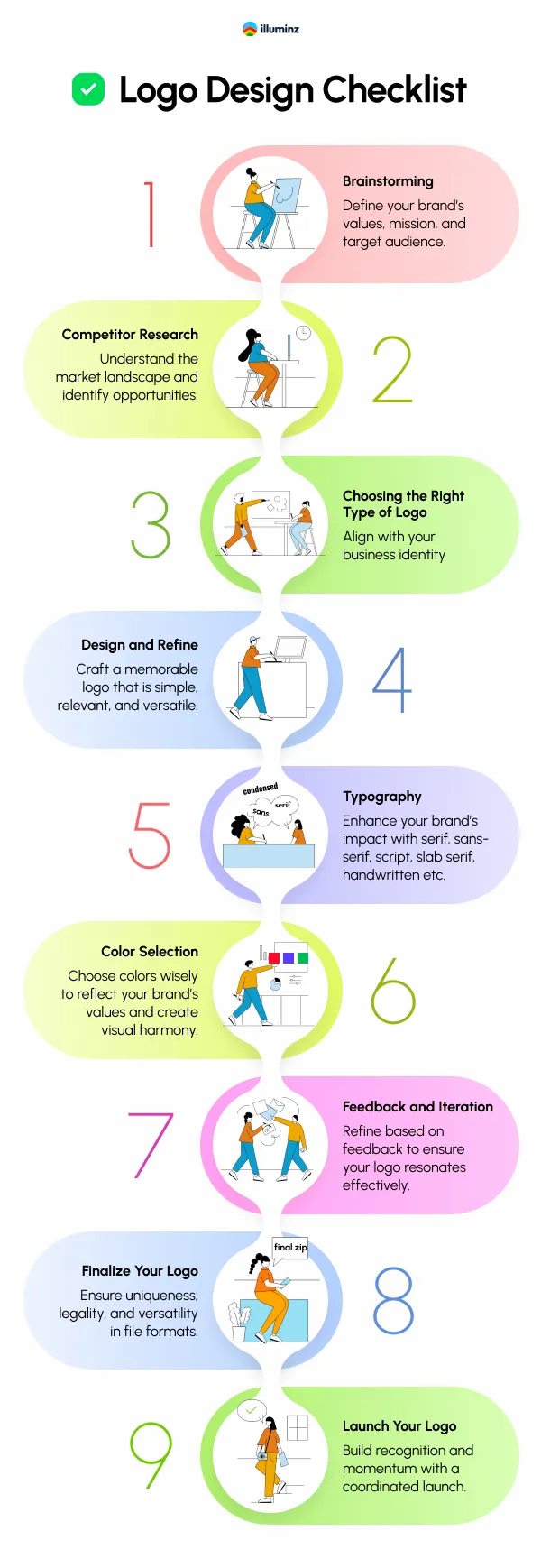
1. Brainstorming: Translating Your Brand’s Vision into Visual Concepts
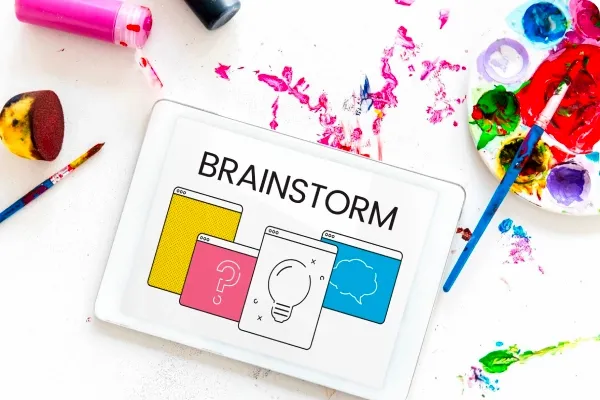
Refine Your Brand Identity: Start with a deep dive into your brand's values, mission, and target audience. This clarity is essential for ensuring your logo embodies your brand’s core message.
Concept Exploration:
- Symbolism: Choose symbols that represent your brand’s unique value proposition (e.g., a handshake for collaboration or a flame for passion and energy).
- Wordplay: Consider integrating elements of your brand name or using initials creatively.
- Abstract Shapes: Use abstract designs to evoke the right emotions and associations for your brand.
For example, circles are often associated with community, completeness, and harmony. Squares represent stability, reliability, and trust. Triangles evoke a sense of energy, direction, and power.
Sketch Rough Drafts: Grab your tools (pen, paper, tablet - anything!) & unleash a brainstorm of logo ideas. Rough is good!
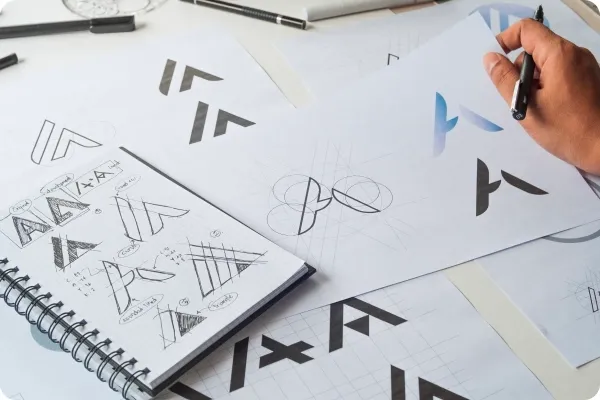
2: Competitor Research: Understanding the Market Landscape
- Identify Trends and Gaps: Analyze competitor logos to understand popular logos in your industry. Look for areas where existing logos miss the mark in effectively communicating the brand message.
- Craft a Stand-Out Logo: Use the insights from competitor analysis to inspire a unique and memorable logo that resonates with your target audience.
3. Choosing the Right Type of Logo: Aligning with Your Business Identity
- Wordmarks: Perfect for businesses with a distinctive name. They emphasize the brand name in a unique typeface (e.g., Coca-Cola, Google).
- Monograms: Ideal for businesses that want to create a strong, recognizable symbol using initials (e.g., Louis Vuitton, Volkswagen).
- Pictorial Marks: Great for businesses that want an iconic symbol to represent their brand (e.g., Apple, Twitter, MacDonald, Nike, Starbucks).
- Mascot Logos: Useful for creating a friendly, approachable image, often used in family-oriented businesses (e.g., KFC, QUAKER).
- Emblem Logos: Best for businesses that want a traditional look, combining symbols and text within a crest or shield (e.g., Starbucks, Harley-Davidson).
- Combination Marks: Useful for flexibility, combining text and symbols for a versatile logo (e.g., Lacoste, Amazon).

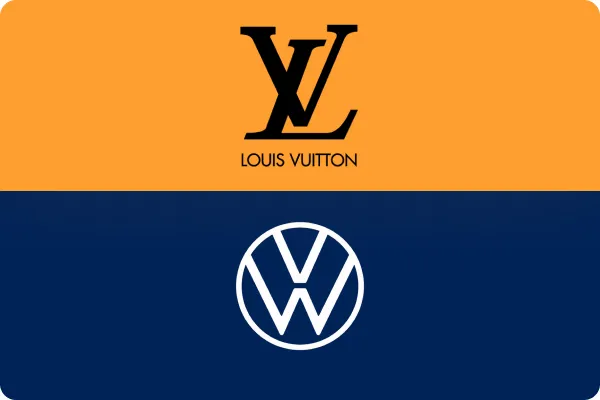


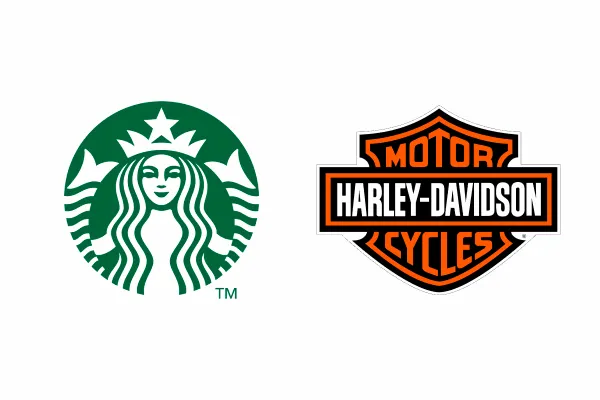
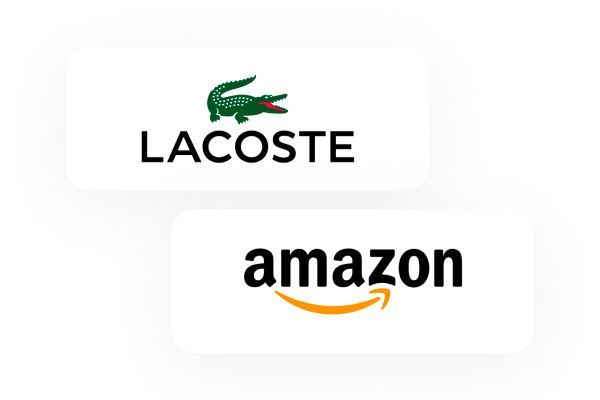
4. Design and Refinement: Crafting a Memorable Logo
- Simplicity: Keep the design simple to ensure it’s easily recognizable and versatile.
- Relevance: Make sure the logo accurately reflects your brand's identity and resonates with your target audience.
- Scalability: Test the logo at different sizes to ensure it remains impactful and legible.
- Versatility: Check how the logo looks in various formats and color schemes to ensure it’s effective in any context.
Ready to transform your brand's design identity?
Let's craft your distinct visual identity together!
5. Typography: Enhance Your Brand’s Impact
Font Selection: The ideal font choice depends on the specific industry and the message the brand wants to convey.
Here's a detailed look at how different fonts impact brand perception, along with examples of brands using each font type:
Serif Fonts:
- Impact: Classic, traditional, conservative, and trustworthy.
- Examples: Times New Roman (used by The New York Times), Garamond (used by Abercrombie & Fitch).
- Usage: Often used by brands wanting to convey a sense of heritage and reliability.
Sans-Serif Fonts:
- Impact: Minimal, modern, simple, clean, and versatile.
- Examples: Helvetica (used by Target), Arial (used by CNN), Proxima Nova (used by Spotify).
- Usage: Ideal for tech companies, modern brands, and those aiming for a clean, straightforward look.
Script Fonts:
- Impact: Elegant, ornate, feminine, and sophisticated.
- Examples: Lucida Script (used by Johnson & Johnson), Scriptina (used by luxury brands).
- Usage: Best suited for brands in fashion, beauty, or any industry where elegance and sophistication are key.
Slab Serif Fonts:
- Impact: Bold, impactful, vintage, strong, and masculine.
- Examples: Rockwell (used by Sony), Clarendon (used by Wells Fargo).
- Usage: Commonly used by brands that want to appear strong, established, and dependable.
Handwritten Fonts:
- Impact: Custom, approachable, casual, and friendly.
- Examples: Lobster (used by Pinterest), Pacifico (used by Eat24).
- Usage: Great for brands wanting a personal touch, often used by creative and lifestyle brands.
Display Fonts:
- Impact: Unique, funky, unusual, novelty, and eye-catching.
- Examples: Comic Sans (used by early Microsoft applications), Cooper Black (used by Tootsie Roll).
- Usage: Ideal for brands aiming to stand out and make a bold statement.
For further exploration and examples of how different fonts can be used effectively, visit: Best Fonts for Branding.
6. Color Selection: Choose colors that align with your brand’s core values and industry standards.
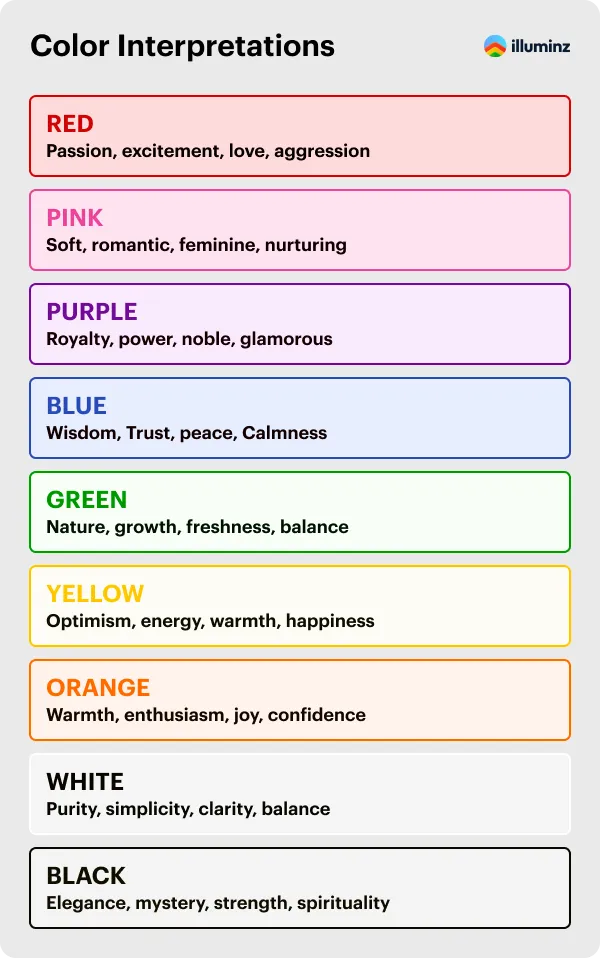
- Color Harmony: Create a color palette that is visually appealing and complements your overall brand aesthetics.
- Limit Your Palette: Stick to two or three primary colors to maintain clarity and avoid a cluttered look.

7. Feedback and Iteration: Refining for Perfection
- Testing: Seek feedback from a diverse audience, including potential customers, to understand how the logo is perceived.
- Revisions: Use the feedback to make informed adjustments, refining the design to better meet your brand's goals and audience preferences.
8. Finalize Your Logo: Ensuring Uniqueness and Legal Compliance
- Reverse Image Search: Conduct a search to ensure your logo does not inadvertently resemble existing designs.
- Trademark Check: Perform a trademark search to confirm the logo's availability and consider consulting a lawyer to protect your intellectual property.
- File Formats: Save your logo in key formats such as PNG, SVG, and EPS to ensure it can be used in various applications.
- Brand Guidelines: Develop guidelines for consistent use of your logo across all platforms to maintain brand integrity.
- Announce Your Arrival: Plan a coordinated launch across social media platforms, website updates, and potentially even influencer partnerships to make a splash when the site goes live.
9. Launch Your Logo: Building Momentum and Recognition
Conclusion:
Designing a logo is more than just a creative task; it’s a crucial part of defining your brand's identity. By following this comprehensive checklist for logo design, you can create a logo that truly reflects your brand’s essence and resonates with your audience. Remember, a strong logo is not only visually appealing but also tells your brand’s story compellingly. Invest in this process and set your brand up for long-term success with a logo that makes a lasting impact.

